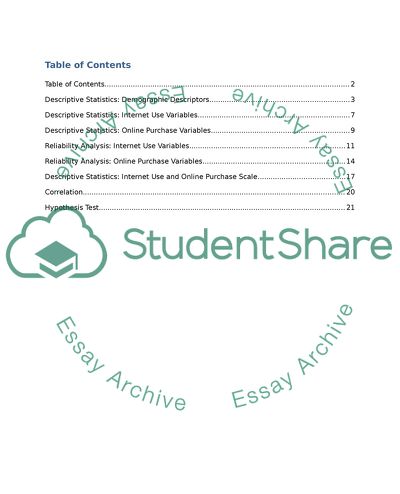Cite this document
(Operational Definition and Model Building: Introduction to Scanning Assignment, n.d.)
Operational Definition and Model Building: Introduction to Scanning Assignment. Retrieved from https://studentshare.org/statistics/1726027-operational-definition-and-model-building-introduction-to-scanning
Operational Definition and Model Building: Introduction to Scanning Assignment. Retrieved from https://studentshare.org/statistics/1726027-operational-definition-and-model-building-introduction-to-scanning
(Operational Definition and Model Building: Introduction to Scanning Assignment)
Operational Definition and Model Building: Introduction to Scanning Assignment. https://studentshare.org/statistics/1726027-operational-definition-and-model-building-introduction-to-scanning.
Operational Definition and Model Building: Introduction to Scanning Assignment. https://studentshare.org/statistics/1726027-operational-definition-and-model-building-introduction-to-scanning.
“Operational Definition and Model Building: Introduction to Scanning Assignment”, n.d. https://studentshare.org/statistics/1726027-operational-definition-and-model-building-introduction-to-scanning.


